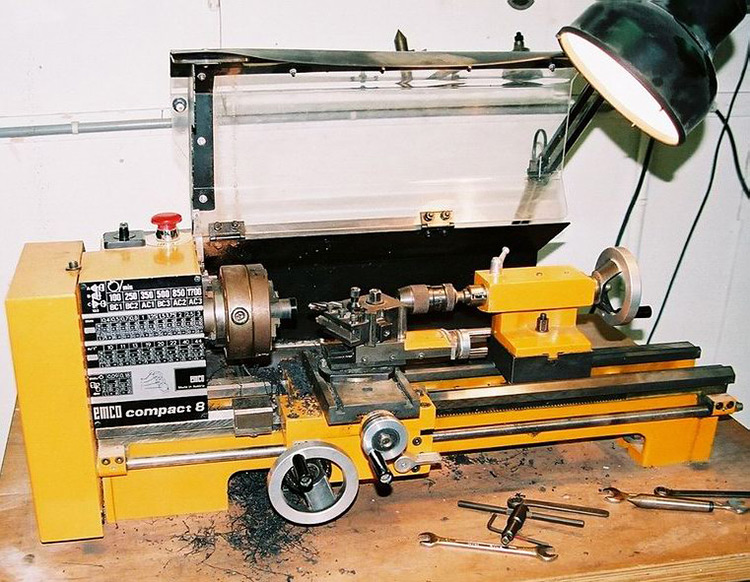Home | Glossary | Resources | Help | Contact Us | Course Map
Archival Notice
This is an archive page that is no longer being updated. It may contain outdated information and links may no longer function as originally intended.
Turning is the process of rotating an object about its axis and bringing a cutting tool to bear. Turning is used to produce parts of precise outside diameter with a lathe . Almost any part that needs to be rounded precisely can be turned, providing the part can rotate in the lathe. Turning can also produce flat faces on the ends of a rod or bar.
The most commonly turned gun component is the barrel. The exterior dimensions and contours are turned features of the barrel. Turning can also produce marks suitable for firearms identification. Many bolt faces are turned and the random marks produced in the bolt face transfer to the fired cartridge case as breechblock marks.
See the YouTube Terms of Service and Google Privacy Policy
Additional Online Courses
- What Every First Responding Officer Should Know About DNA Evidence
- Collecting DNA Evidence at Property Crime Scenes
- DNA – A Prosecutor’s Practice Notebook
- Crime Scene and DNA Basics
- Laboratory Safety Programs
- DNA Amplification
- Population Genetics and Statistics
- Non-STR DNA Markers: SNPs, Y-STRs, LCN and mtDNA
- Firearms Examiner Training
- Forensic DNA Education for Law Enforcement Decisionmakers
- What Every Investigator and Evidence Technician Should Know About DNA Evidence
- Principles of Forensic DNA for Officers of the Court
- Law 101: Legal Guide for the Forensic Expert
- Laboratory Orientation and Testing of Body Fluids and Tissues
- DNA Extraction and Quantitation
- STR Data Analysis and Interpretation
- Communication Skills, Report Writing, and Courtroom Testimony
- Español for Law Enforcement
- Amplified DNA Product Separation for Forensic Analysts


